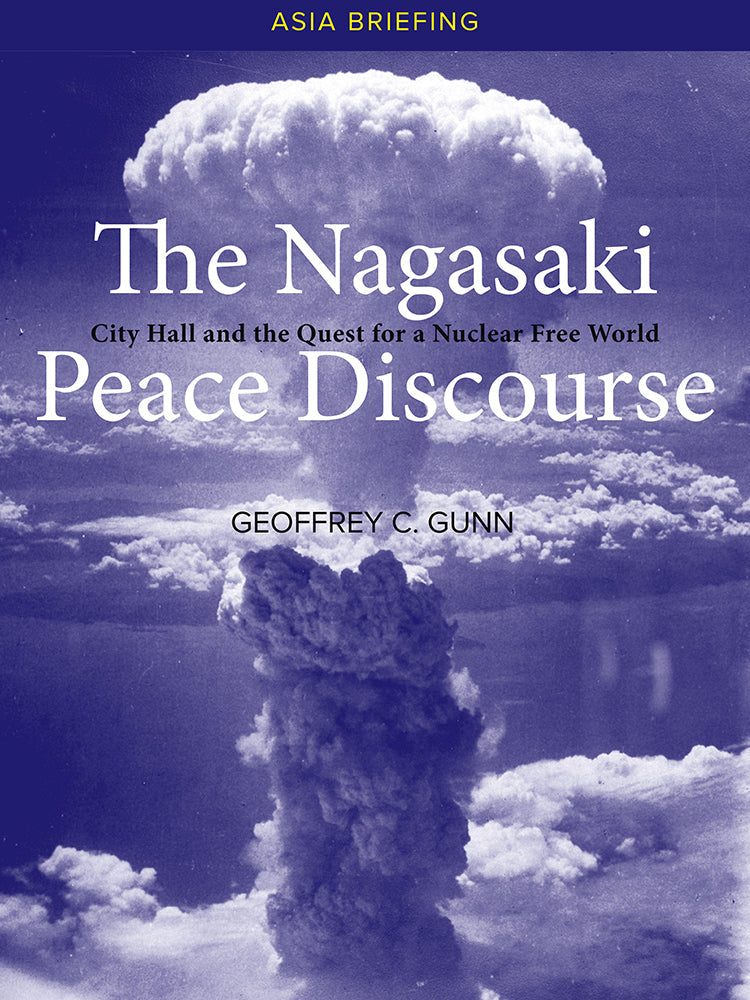The Nagasaki Peace Discourse: City Hall and the Quest for a Nuclear Free World
$18.00 SGD
by Geoffrey C. Gunn
Some 20,000 or more people were killed instantly in the atomic bombing of Nagasaki on 9 August 1945; an additional 40,000 or more died from radiation and related illnesses in the coming days and weeks. Many others were exposed to radiation effects. Remembrance, the struggle for recognition on the part of the victims or hibakusha, and the even greater struggle waged by City Hall in Nagasaki to bring to world attention the threat of nuclear weapons, are at the heart of this book. This we term the Nagasaki peace discourse. Yet, other narratives vie with the 'idealist’ view. 'Realists’ welcome the nuclear umbrella provided by the US–Japan Treaty system and have eagerly embraced civilian nuclear power under the 'atoms-for-peace’ slogan. On their part, Japanese nationalists perceive Japan’s 'peace constitution’ as ripe for revision, looking ahead to a legal Self-Defense Force and, for some, a 'normal’ and even a nuclear-armed Japan. Mindful of the 2011 Fukushima nuclear disaster, however, City Hall in Nagasaki cannot ignore the risks of civilian nuclear power nor the nation’s mounting stockpile of plutonium. With Nagasaki prefecture host to the second largest US naval base in Japan, neither can the city insulate itself from international politics, as became apparent with the 2017–18 Korean missile crisis. Seventy and more years on from the atomic bombings, Hiroshima and, in subtly different ways, Nagasaki, have a sombre message to convey. This is encapsulated in the popular civil society slogan, 'No! More! Hibakusha!’
“…Gunn has made an invaluable contribution to our understanding of the French and Japanese periods of Cambodian history in his latest book.” - Matthew Jagel, Pacific Historical Review, 2019, 88(3)
Geoffrey Gunn is an emeritus professor at Nagasaki University. He is a widely written scholar in Asian history, most notably on the independence struggles in Cambodia, Laos and Vietnam. His works on Southeast Asia include Political Struggles in Laos, 1930–1954, Rebellion in Laos, and Rice Wars in Colonial Vietnam.
Publication year: 2019
154 pp / 178mm x 121mm
5 figures, 1 map
ISBN: 978-87-7694-274-8, Paperback
NIAS Press

